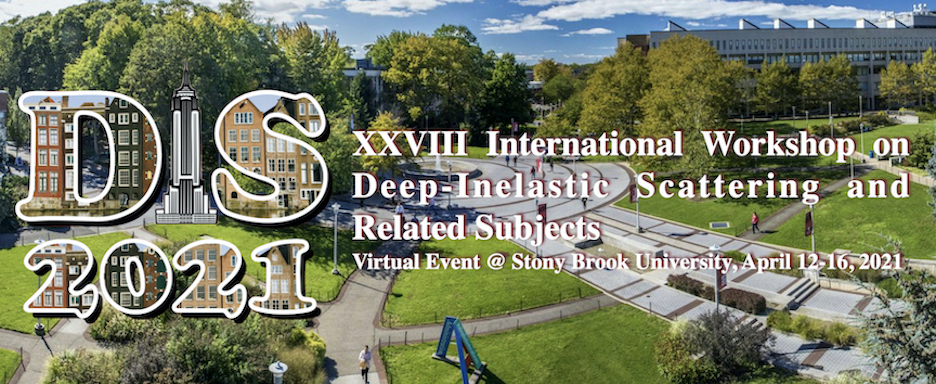Speaker
Description
The next data-taking campaign RUN-III will double the integrated luminosity the LHC accumulated in 10 years of operation. The Run-III will be the herald of the HL-LHC era, an era when 90% of total LHC integrated luminosity (4 ab-1) will be accumulated allowing ATLAS to perform several precision measurements to constrain the Standard Model Theory (SM) in yet unexplored phase-spaces and in particular in the Higgs sector, only accessible at LHC. Direct searches have so far provided no indication of new physics beyond the SM, however, they can be complemented by indirect searches that allow extending the reach at higher scales. Indirect searches are based on the ability to perform very precise measurements, which will require tight control of theoretical predictions, reconstruction techniques, and detector operation.
To answer the quest for high precision measurements in a high luminosity environment, a comprehensive upgrade of the detector and associated systems was devised and planned to be carried out in two phases. The Phase-I upgrade program foresees new features for the muon detector, for the electromagnetic calorimeter trigger system, and for all trigger and data acquisition chain and will operate to accumulate about 350 fb-1 of integrated luminosity during the RUN-III. The RUN-III will mark the debut of a new trigger system designed to cope with more than 80 simultaneous collisions per bunch crossing. After this, ATLAS will proceed with the Phase-II upgrade to prepare for the high luminosity frontier where more than 200 simultaneous collisions per bunch crossing and a high radiation level will be foreseen for many sub-systems. The Phase-II upgrade comprises a completely new all-silicon tracker with extended rapidity coverage that will replace the current inner tracker detector; the calorimeters and muon systems will have their trigger and data acquisition systems fully redesigned, allowing the implementation of a free-running readout system. Finally, a new subsystem called High Granularity Timing Detector will aid the track-vertex association in the forward region by incorporating timing information into the reconstructed tracks. A final ingredient, relevant to almost all measurements, is a precise determination of the delivered luminosity with systematic uncertainties below the percent level. This challenging task will be achieved by collecting the information from several detector systems using different and complementary techniques.
The presentation will focus on physics goals within the reach of Run-III and on the status of ongoing detector upgrades. An outlook toward the HL-LHC challenges will also be presented.

